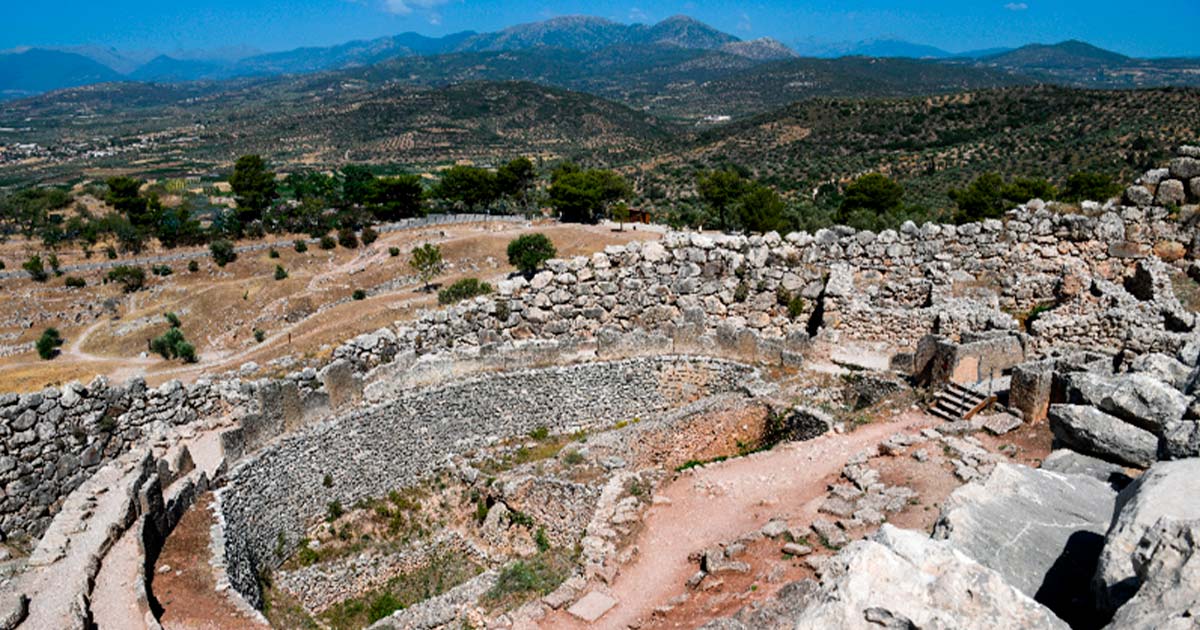Five Fascinating Facts About the Mycenaeans (Video)
Unraveling the mysteries of the Mycenaeans, a once-vibrant civilization, poses a challenging task. The enigma surrounding their collapse, marked by the destruction of grand palaces around 1250 BC, sparks debate among historians. While some attribute it to invaders such as the Dorians, most now point to climate change and natural disasters as significant factors. A catalogue of adverse events, from seismic upheavals to crop failures, led to the abandonment of Mycenaean sites. Strategically perched 280 meters (918.63 ft) above sea level, the city of Mycenae boasted natural defenses amid imposing mountains. Legend has it as the palace of Agamemnon, a mythical king whose existence remains unconfirmed.
- Reading Between the Lines: Decrypting the Scripts of the Minoans and Mycenaeans
- The Fall of a Civilization: The Mysterious Collapse of the Mycenaean Bronze Age
The Mycenaeans are often considered the first Greeks, but inherited the mantle from the Minoans. Shared cultural traits and trade relations between these civilizations laid the foundation for Greece's future
Greek heroes like Perseus, intertwined with Mycenaean tales creating a bridge between myth and history. Heinrich Schliemann's discoveries, driven by Homer's epics, unearthed this advanced civilization. Meanwhile, the Cyclopean walls of Mycenae, constructed with massive stones, bear witness to a lost architectural technique. As we explore the depths of Mycenaean history, we confront a civilization shrouded in myth and molded by the echoes of time.
Top image: Mycenae in the Peloponnese in Greece. Source: Amanda/Adobe Stock

















